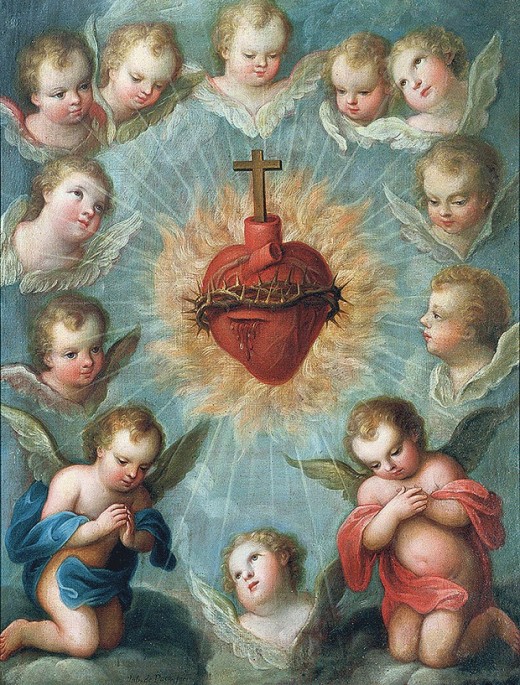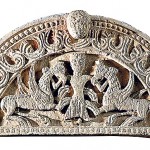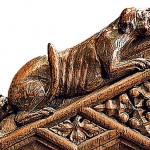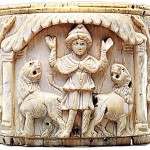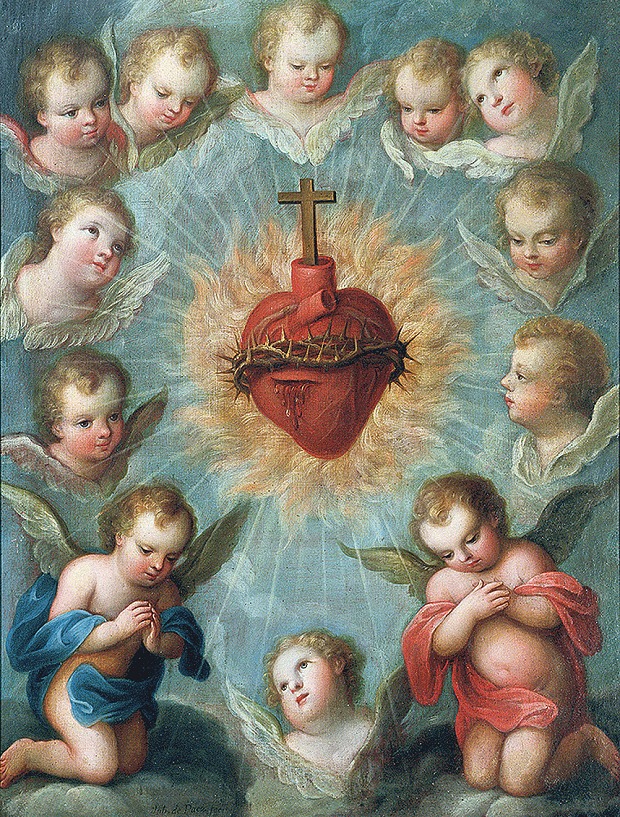Connecting the Sacred heart and the Rock of ages
it’s not just saccharine 19th-century statues, the Sacred coronary heart represents a biblical truth

Devotion to the Sacred heart of Jesus lengthy seemed to me a repellent exercise. except for anything else it was once normally represented by coloured prints or plaster statues exhibiting Jesus, with hair like a spaniel’s ears, pointing to an anatomically mistaken coronary heart certain with a wreath of thorns and floating on the surface of his chest. It was once all in the worst style of the 19th century.
i’ve on the grounds that found out that the devotion is some distance older, in no way sugary and according to biblical ideas. The person with whom its popularisation is associated, St Margaret Mary Alacoque, has her saint’s day next Friday. She shouldn’t be a nineteenth-century figure, but lived from 1647 to 1690. She was once declared a saint handiest in 1920, when Benedict XV, who had fruitlessly sought world peace, was the Pope.
in the 17th century, while England was once transferring from the innovative non secular uncertainties of the interregnum to the Protestant settlement after 1688, Margaret Mary was once rising up in a Burgundian household and, from the age of 24, living devoutly as a Visitation nun in a convent at Paray-le-Monial, 30 or 40 miles south of Autun.
Margaret Mary had visions of Jesus, which when she was younger she thought have been a common expertise of mankind. When she was a nun, and the visions persisted, she suffered a great deal as a result of nobody believed they have been authentic. From 1673 to 1675, she heard Jesus chatting with her interiorly and asking her to unfold devotion to his Sacred heart.
One outsider, St Claude de la Colombière, did take her seriously and set about making her message recognized. regardless of his thoroughgoing piety, he didn’t have the authority of a saint on the time, not being canonised unless 1992. (He spent a couple of years in England as chaplain to Mary of Modena, and was thrown in jail, due to Titus Oates. but that is any other story.)
prominent factors that Margaret Mary needed to make known were the need for standard Communion and for penance by the use of reparation for mankind’s ingratitude for the love proven by means of Jesus, as signified by means of his heart.
Her emphasis on Jesus’s “coronary heart of flesh” used to be considered as a technique of considering the Incarnation, which is to claim the fact that God took on a human body – that the identical person who lives without end as God used to be also born in Bethlehem, walked the earth and died on the move.
on this respect, devotion to the Sacred coronary heart geared up in with the present Christian worship of Christ: “God, of the Substance of the daddy, begotten sooner than the worlds: and Man, of the Substance of his mother, born in the world,” as the e-book of fashionable Prayer says.
It came about that, in 1689, Jeanne-Madeleine Joly, a nun of Margaret Mary’s convent, printed a e book on the Sacred coronary heart that used to be learn with the aid of Dom innocent Le Masson, world head of the Carthusian order of monks. In 1694, he printed his personal ebook on the Sacred heart, linking it to non secular considerations on the subject by way of Carthusians from the center a while. Amplified with extra such extracts, it used to be republished in English in 1895 as historic Devotions to the Sacred heart.
amongst other issues, the Carthusians meditated the guts of Jesus on the pass pierced by using a soldier’s lance. This, remarkably sufficient, connects with the hymn Rock of ages, written in 1775 by way of Augustus Toplady, that fierce outdated Calvinist. He would have taken critically a comparison made by the prior of the Charterhouse of Bordeaux (in 1629), Dom Polycarp de le Rivière, between the door of the saving Ark of Noah and the wound within the facet of Jesus. there is a poetic aspect to the Sacred coronary heart that plaster statues seldom suggest.
it can be no longer just saccharine nineteenth-century statues, the Sacred heart represents a biblical truth
Telegraph Columnists: day by day opinion, editorials and columns from our superstar writers
(209)

